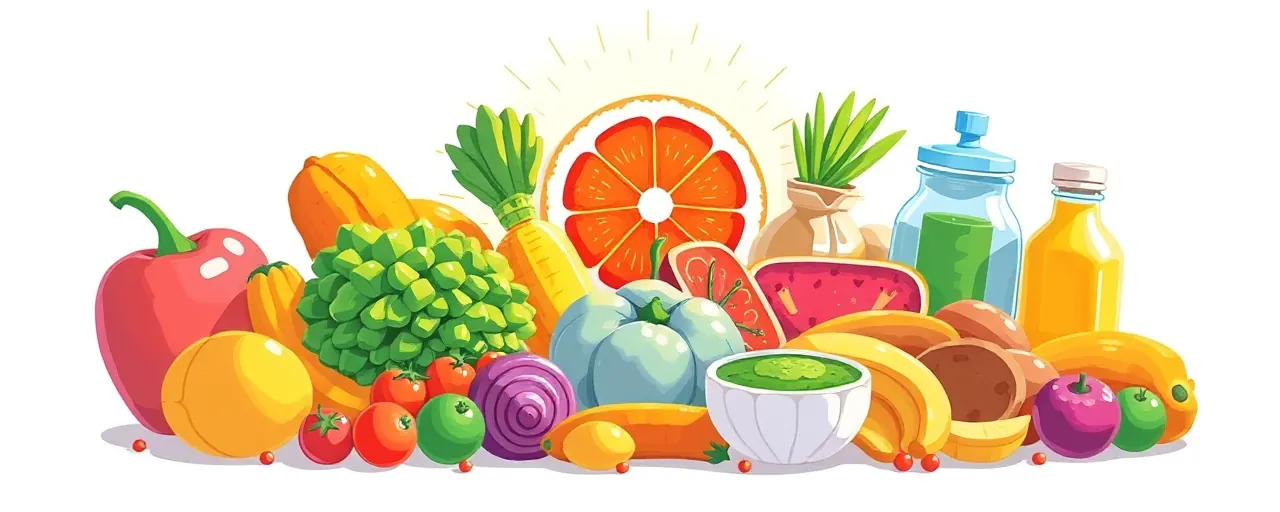A Bold Move in Idaho
Idaho has taken a decisive step to reshape its food assistance landscape. On a recent spring day, Governor Brad Little signed House Bill 109, a law that bars the purchase of candy and soda with state-administered food assistance benefits. The move, aimed at fostering healthier diets among children, has thrust Idaho into the spotlight as one of the first states to enact such a restriction. Supporters hail it as a necessary intervention to combat rising childhood obesity, while others question its impact on personal choice and low-income families.
The legislation aligns with a broader push to prioritize nutrition in public health policy. By targeting items high in added sugars, Idaho aims to steer food assistance recipients toward choices that could reduce the risk of chronic diseases. Yet, the law’s passage has ignited a national conversation about how far government should go in regulating what people eat, especially when taxpayer dollars are involved.
Why the Focus on Sugary Foods?
Childhood obesity has become a pressing public health issue across the United States. Data from the Centers for Disease Control and Prevention show that about one in five children is affected, with rates climbing over the past two decades. Children from low-income households face higher risks, often due to limited access to fresh, nutritious foods. Obesity in childhood can lead to serious health problems, including type 2 diabetes, heart disease, and mental health challenges, making early intervention critical.
Added sugars, particularly from beverages like soda, are a major contributor to this epidemic. Health experts note that American children often consume far more than the recommended limit of 10% of daily calories from added sugars. Sugar-sweetened drinks and processed snacks, which dominate many diets, offer little nutritional value and can increase appetite, leading to weight gain. Idaho’s new law seeks to address this by excluding candy and soda from food assistance purchases, hoping to nudge families toward healthier options.
The Mechanics of HB 109
House Bill 109 specifically prohibits using Supplemental Nutrition Assistance Program benefits to buy candy, defined as sweetener-based products with minimal flour or no refrigeration needs, and soda, encompassing sweetened nonalcoholic beverages excluding milk or high-juice drinks. To implement the restriction, Idaho must secure a federal waiver from the U.S. Department of Agriculture, as SNAP is federally regulated. If approved, the state’s Department of Health and Welfare will oversee compliance, though details on enforcement remain under development.
The law’s supporters argue it aligns with efforts to make food assistance programs more health-focused. They point to federal programs like the National School Lunch Program, which already set strict nutritional standards for meals. By contrast, SNAP has historically allowed most food purchases, including sugary snacks, prompting states like Idaho to explore tighter rules. The policy’s success, however, hinges on federal approval and the state’s ability to navigate logistical challenges.
Voices on Both Sides
Advocates for the law, including state health officials, see it as a step toward breaking the cycle of diet-related illnesses. They argue that public funds should prioritize foods that support long-term health, particularly for children who rely on assistance programs. Research backs their case: reducing sugary drink consumption can lower obesity risk and improve metabolic health. Some also view the policy as a way to destigmatize food assistance by emphasizing its role in promoting wellness.
On the other hand, opponents, including some anti-poverty advocates, worry the restrictions could unfairly limit choices for low-income families. They argue that banning specific foods risks shaming recipients or implying they can’t make sound decisions. Practical concerns also arise: in areas with limited grocery options, families may struggle to find affordable, nutritious alternatives. Critics further note that the administrative burden of enforcing the ban could strain state resources, potentially diverting funds from other anti-hunger efforts.
A Broader Policy Trend
Idaho’s law reflects a growing wave of state-level efforts to shape dietary habits through policy. States like California and Pennsylvania have taxed sugary drinks, while others have tightened school nutrition standards beyond federal requirements. These initiatives stem from a recognition that diet-related diseases, including obesity and diabetes, place a heavy burden on healthcare systems and disproportionately affect underserved communities. By targeting food assistance programs, states aim to leverage existing frameworks to improve public health outcomes.
Historically, federal food assistance programs have balanced access with nutrition goals. The Women, Infants, and Children program, for example, has long prioritized nutrient-dense foods, while SNAP has favored flexibility to meet diverse needs. Recent debates, however, show a shift toward integrating health objectives into these programs. Pilot projects testing incentives for healthy purchases or restrictions on sugary foods have gained traction, suggesting Idaho’s experiment could influence national policy if successful.
What’s at Stake
The debate over HB 109 touches on deeper questions about the role of public policy in personal lives. For families relying on food assistance, the law could mean healthier meals but also fewer options in an already stretched budget. For policymakers, it’s a test of whether targeted restrictions can improve health without unintended consequences, like increased food insecurity or stigmatization. The outcome will likely depend on how Idaho addresses access to nutritious foods alongside the ban.
As the nation watches, Idaho’s policy could set a precedent. Other states, including Arkansas and Indiana, have signaled interest in similar measures, eyeing federal waivers to reshape their own programs. The challenge lies in balancing health goals with the realities of poverty, where convenience and cost often dictate food choices. If implemented thoughtfully, the law could offer a model for aligning assistance with wellness; if not, it risks becoming a cautionary tale.
